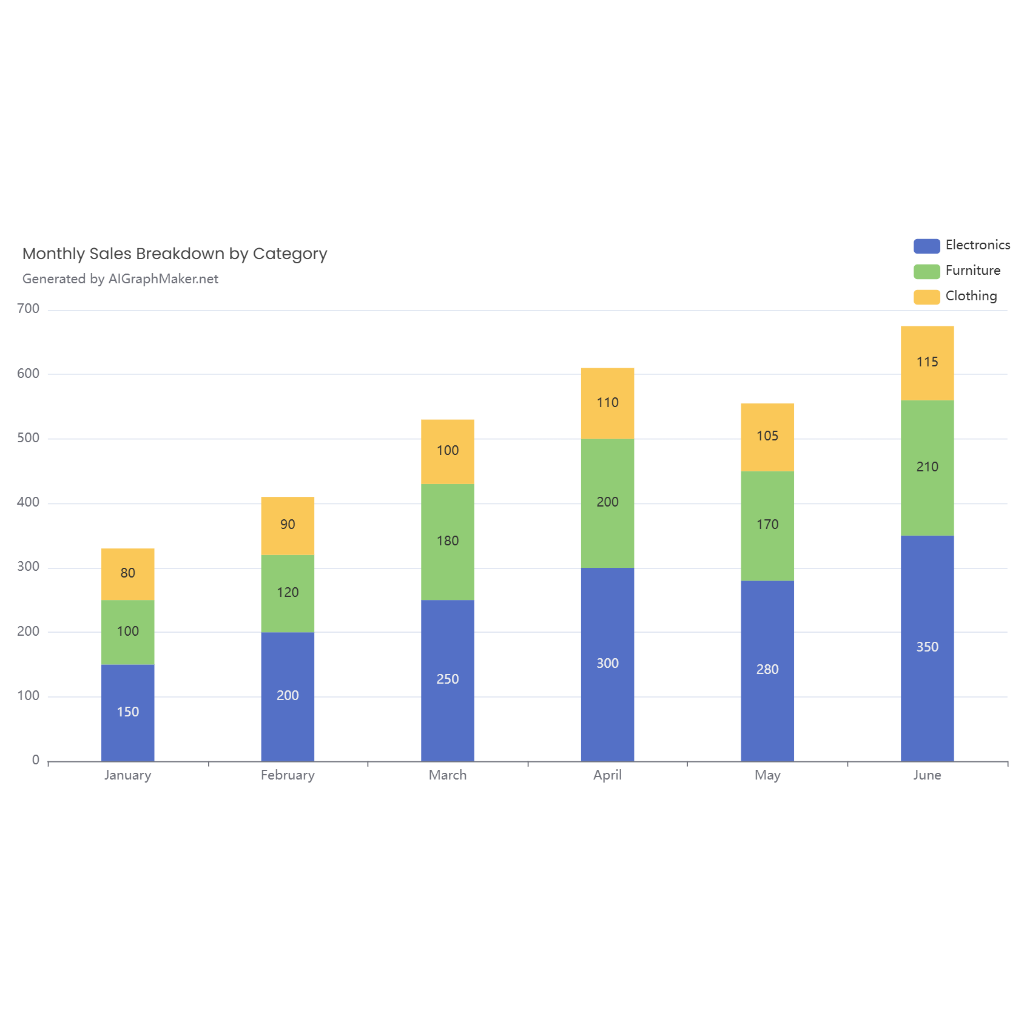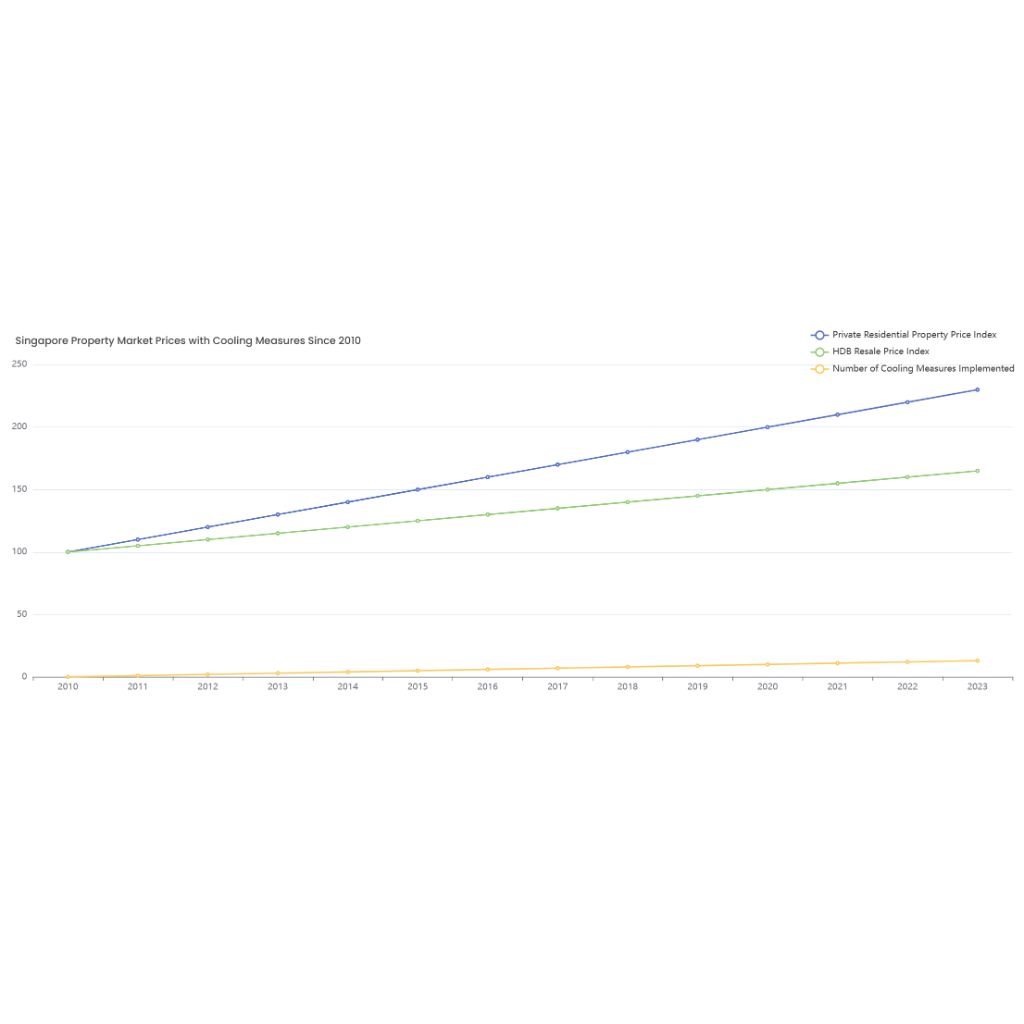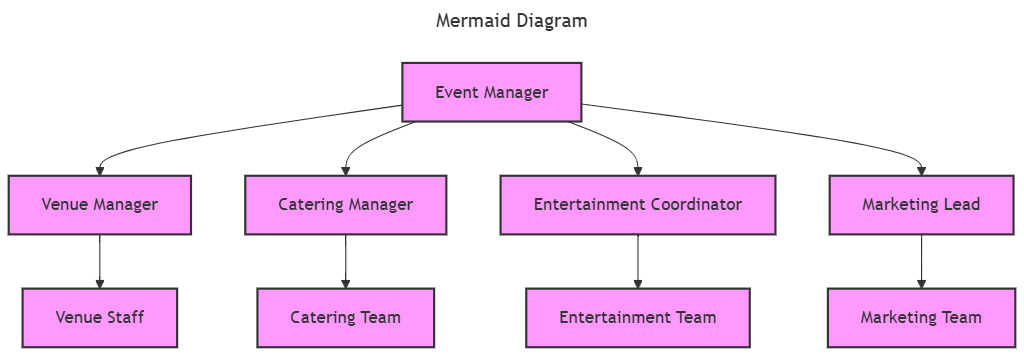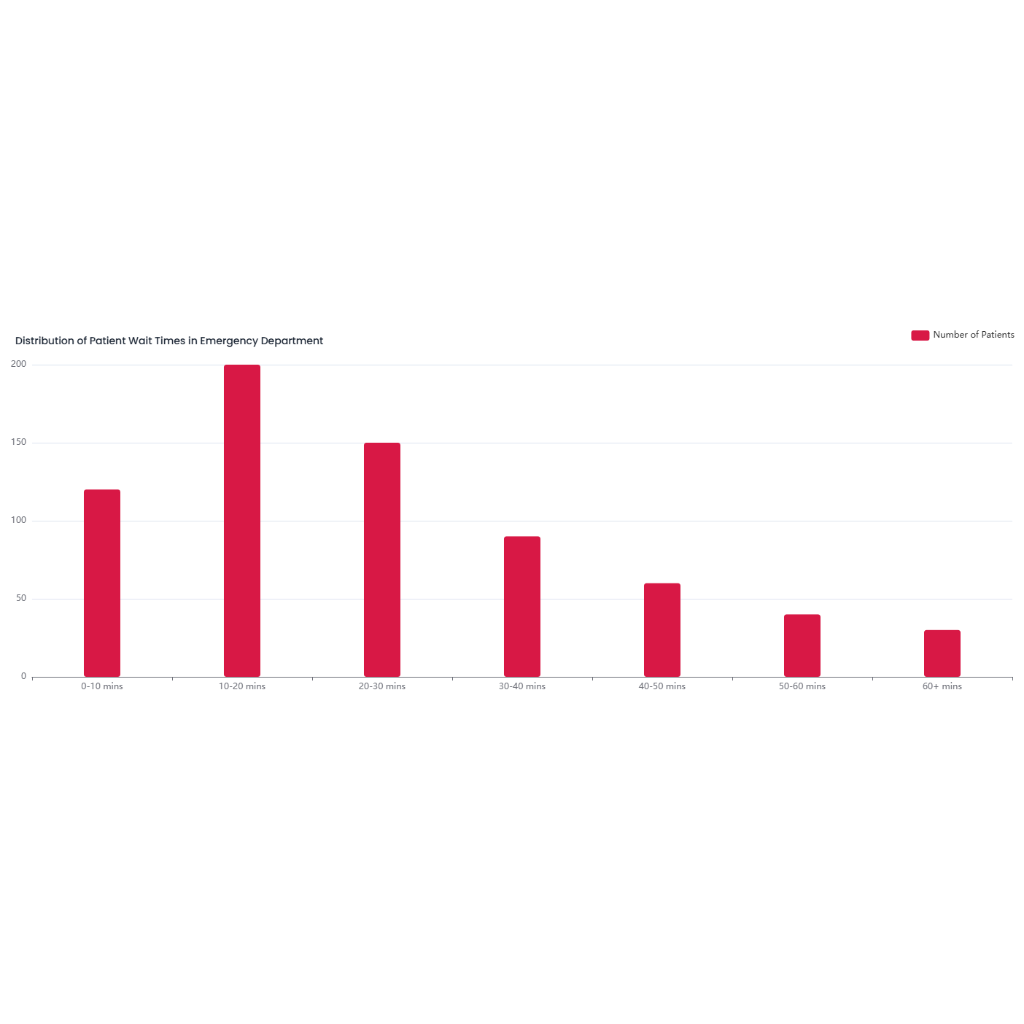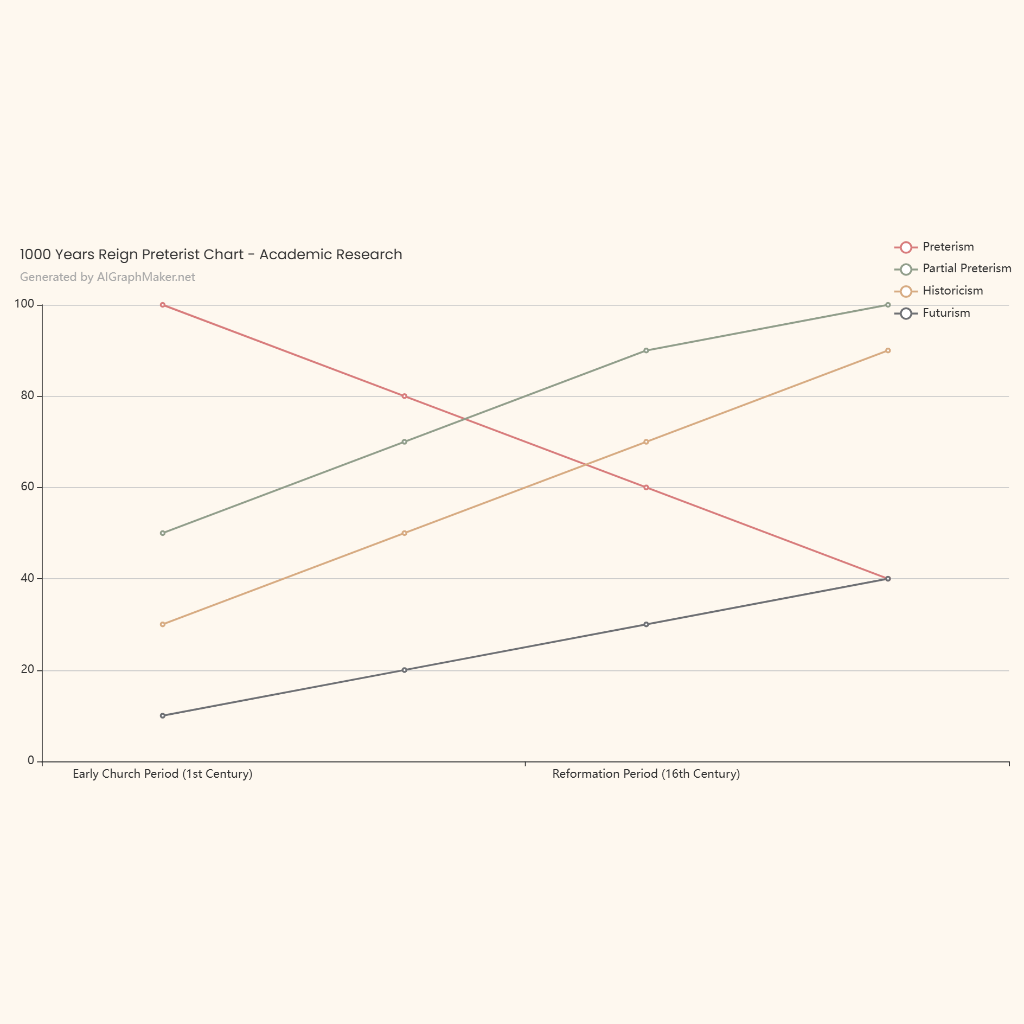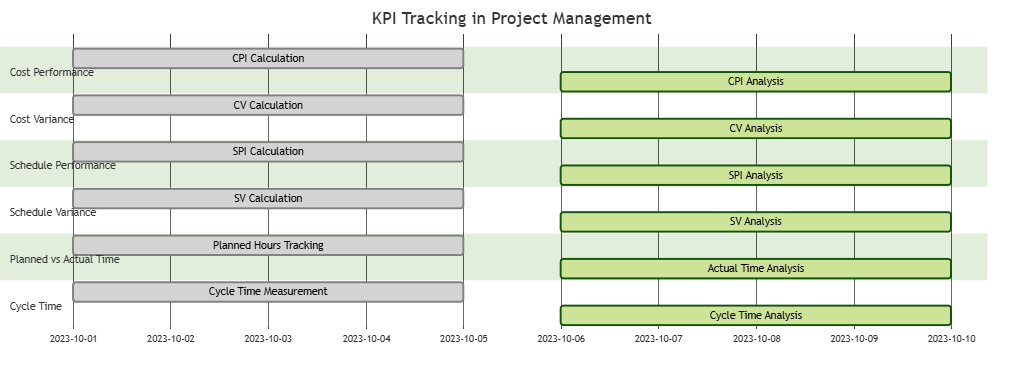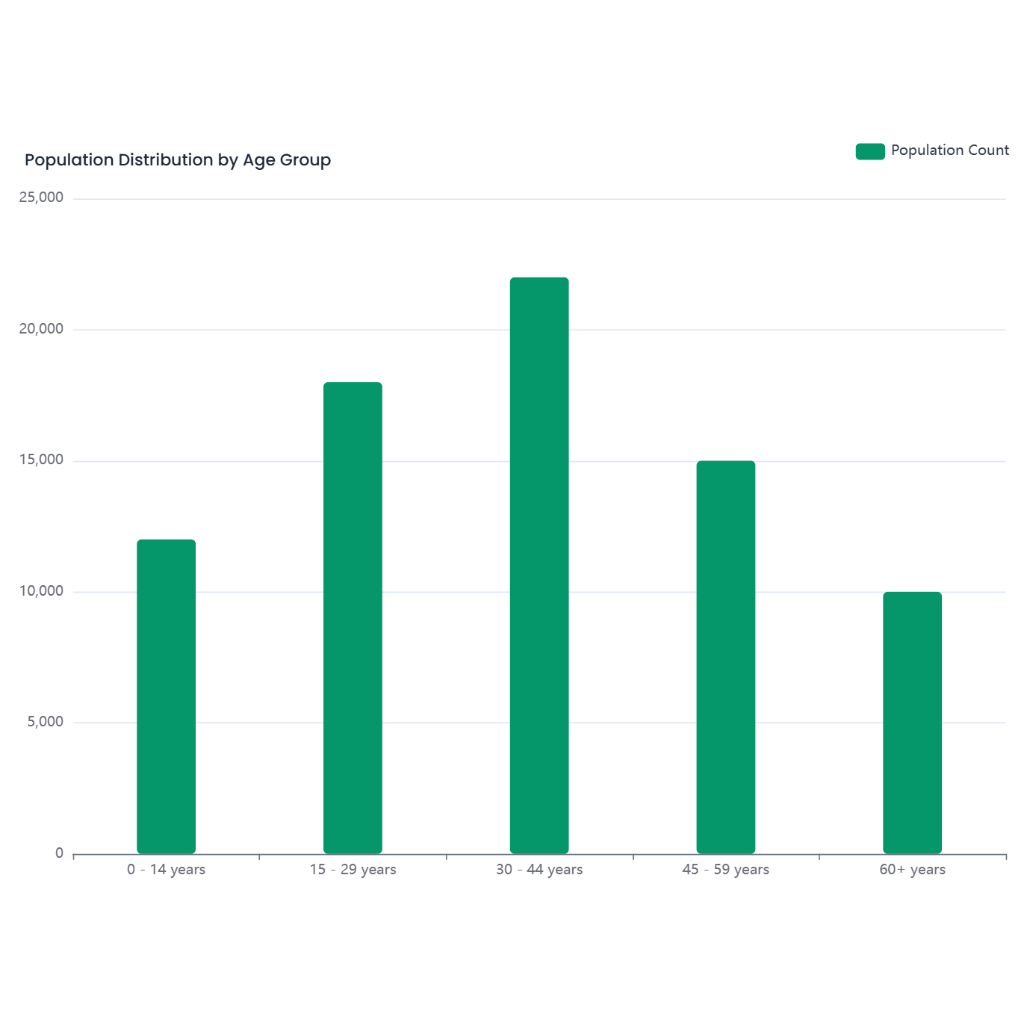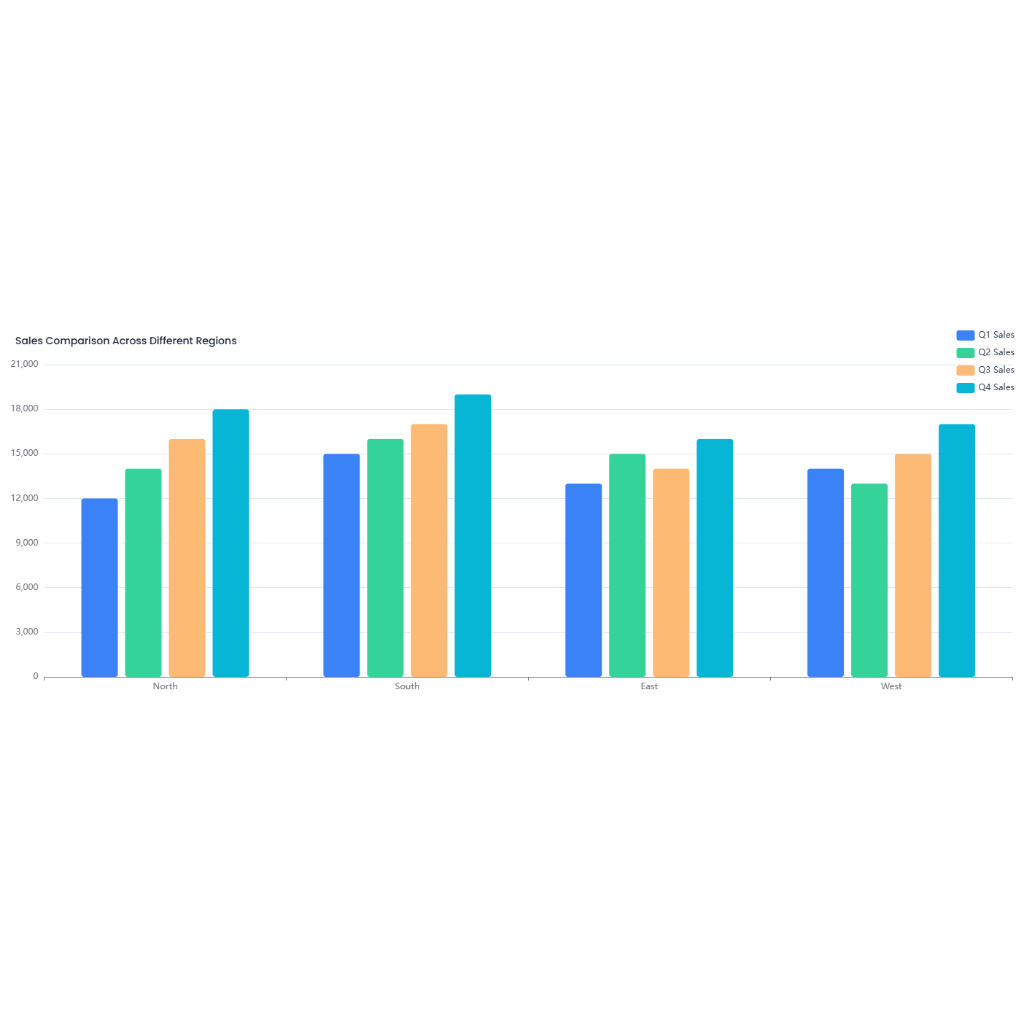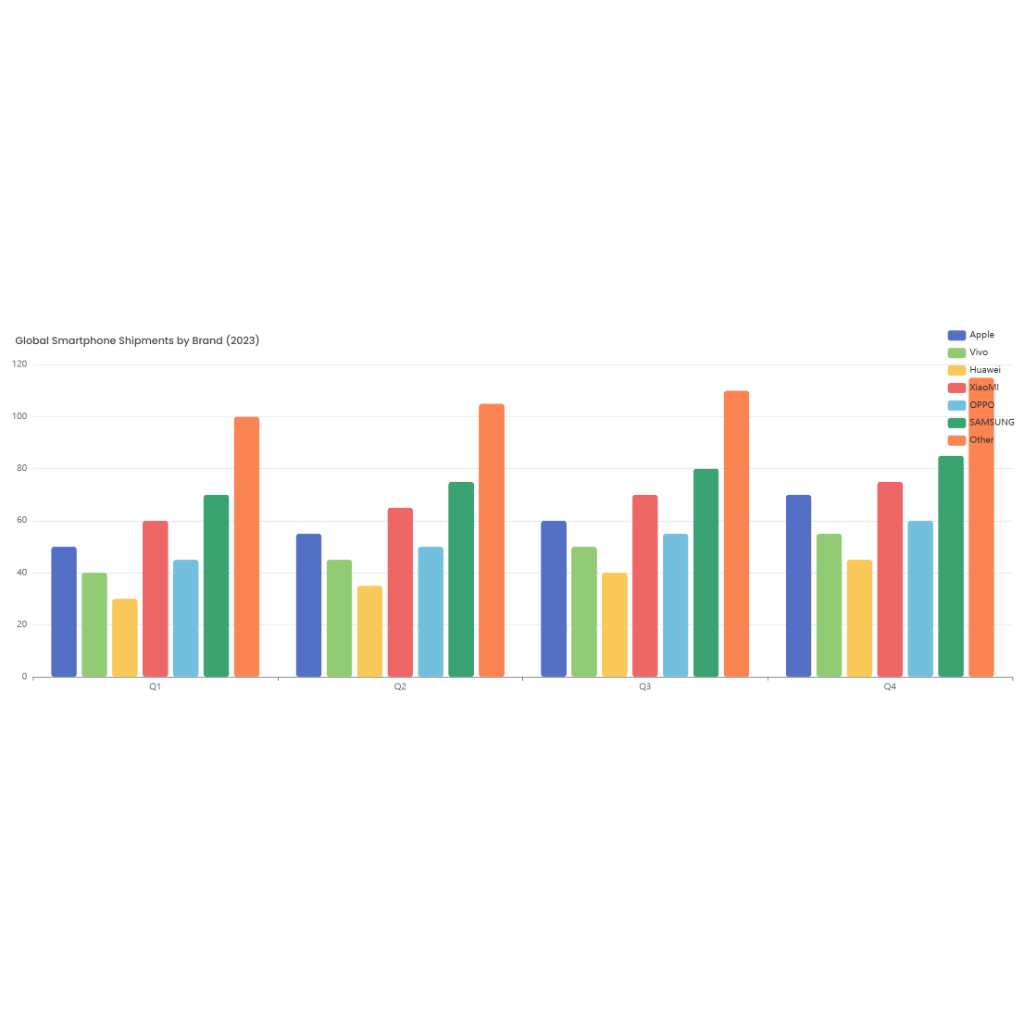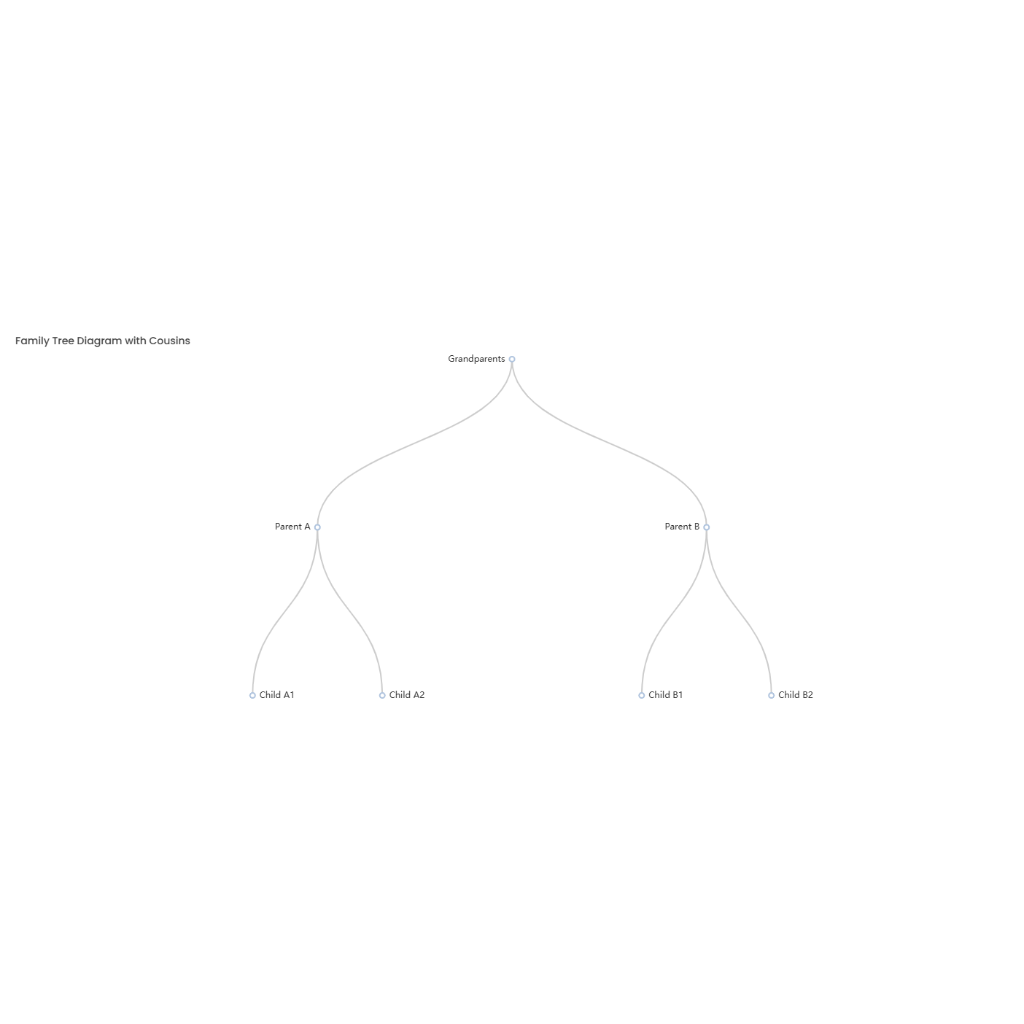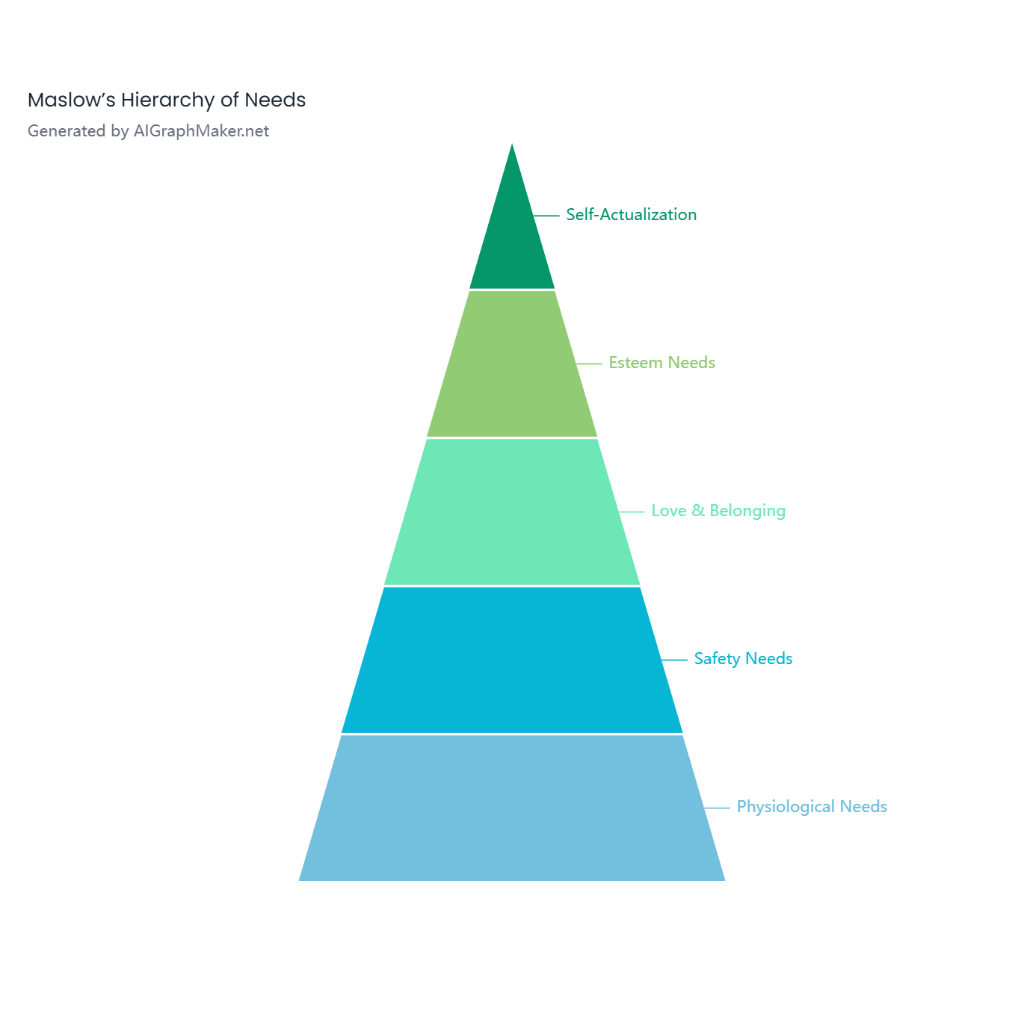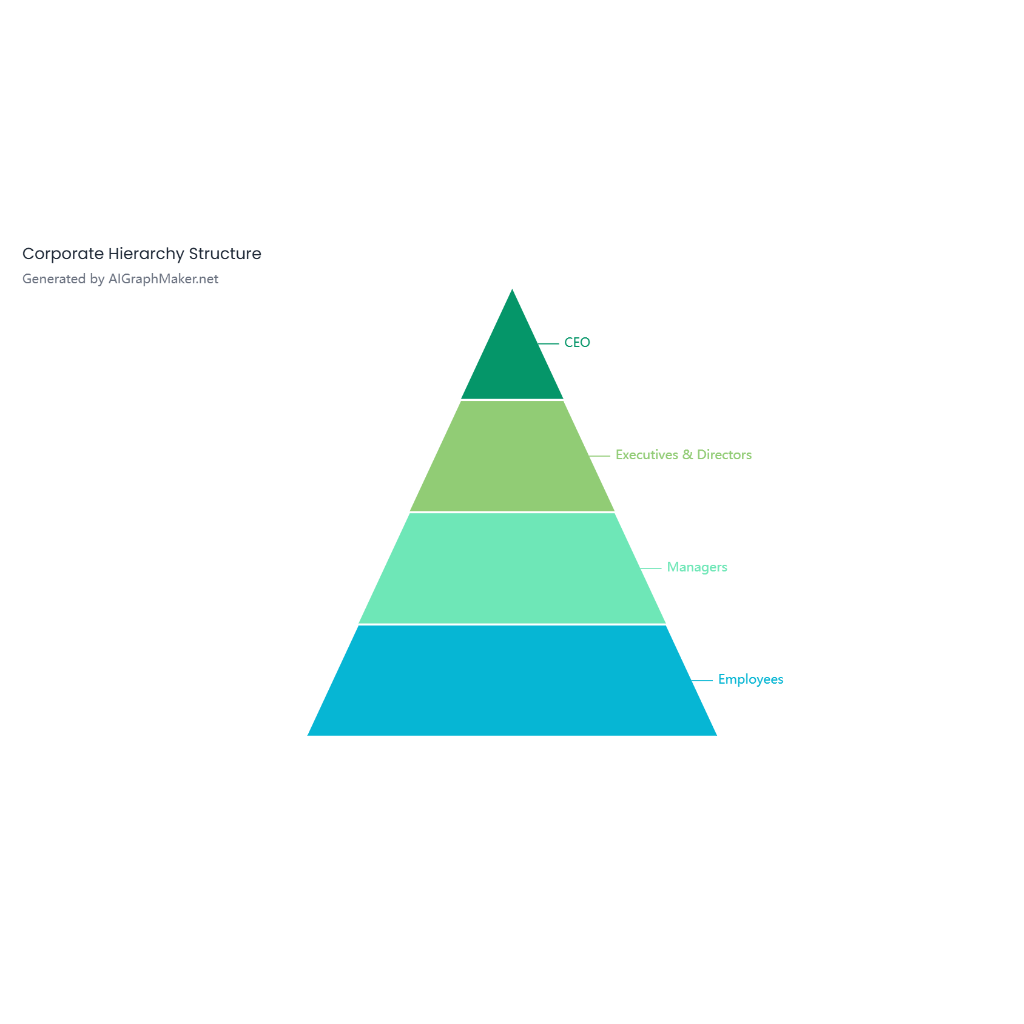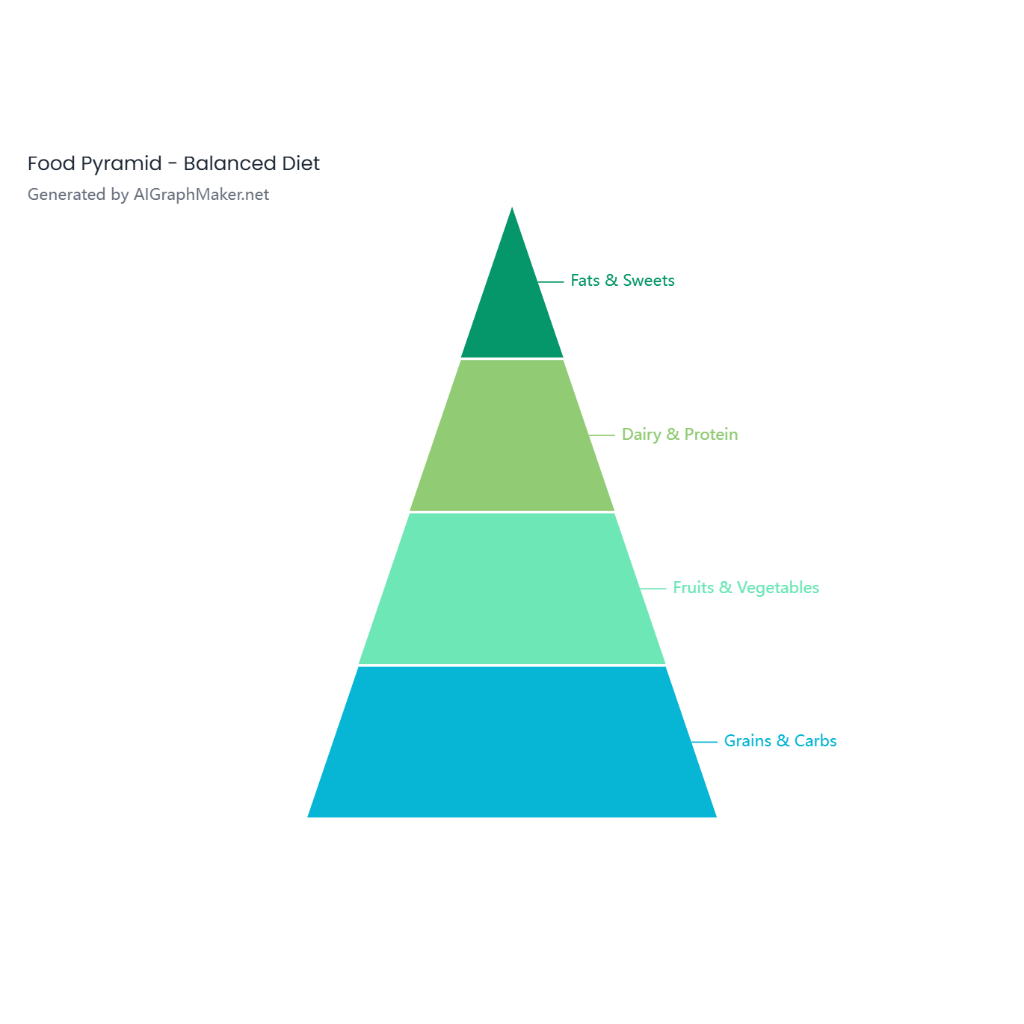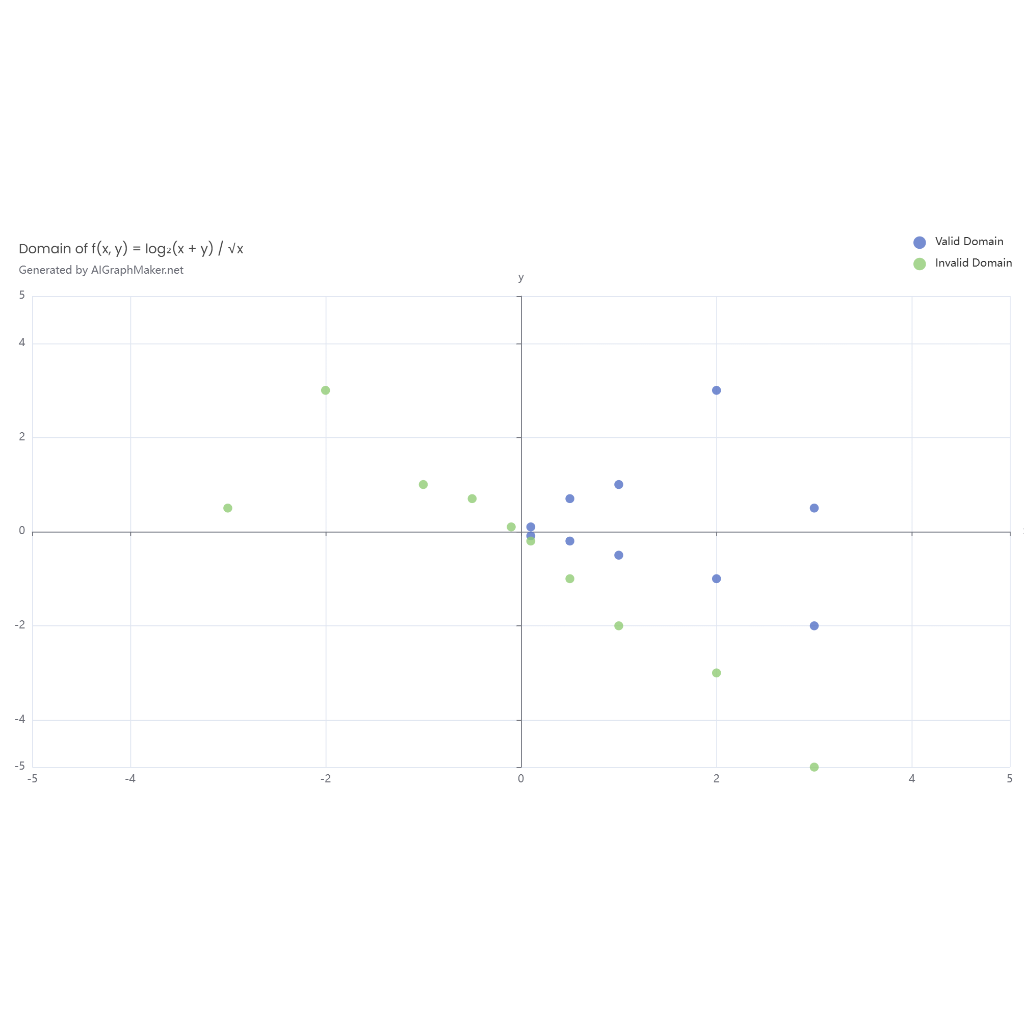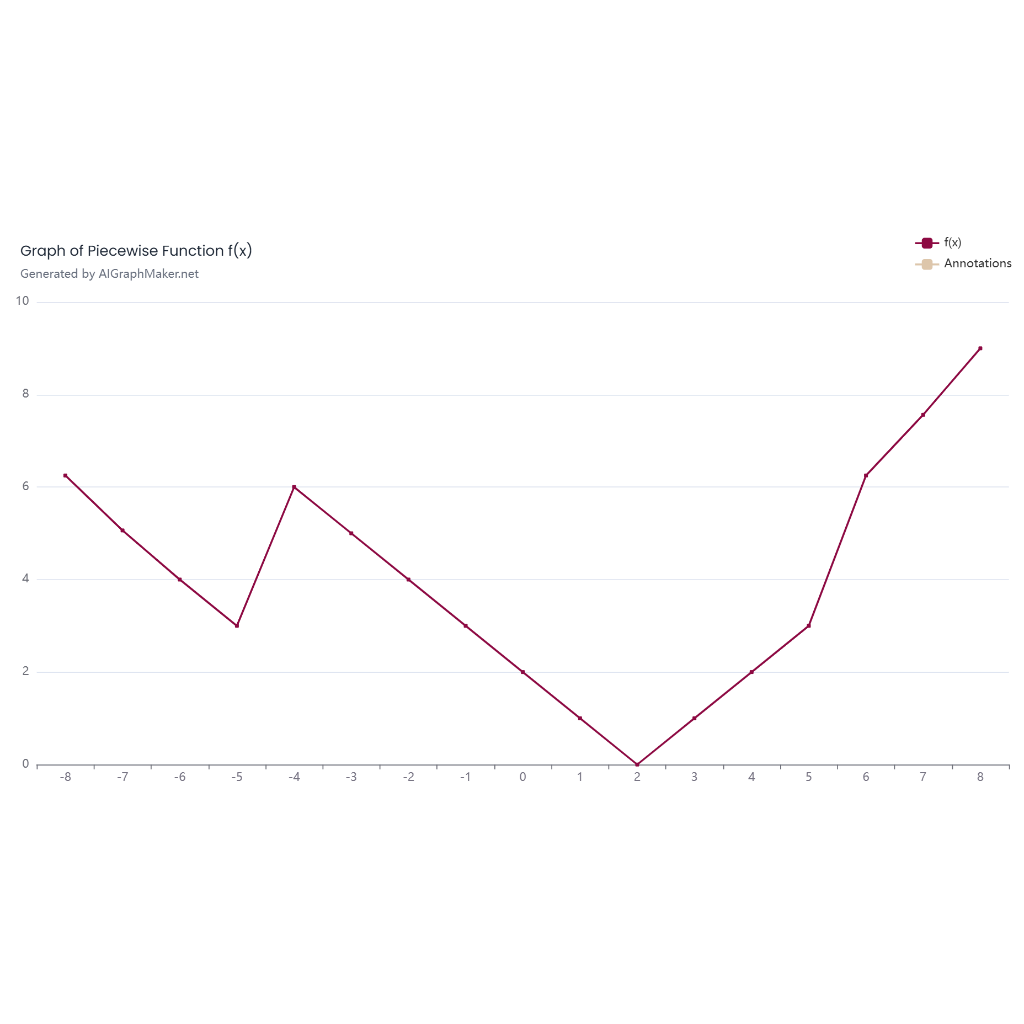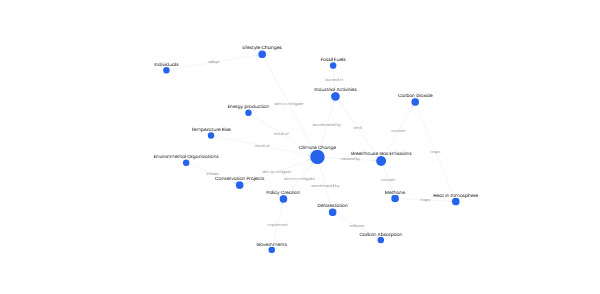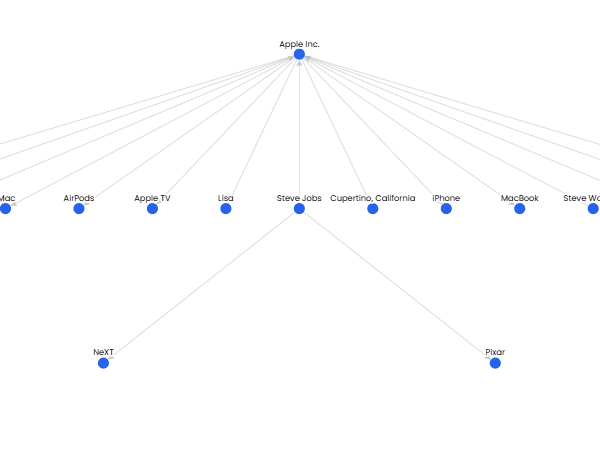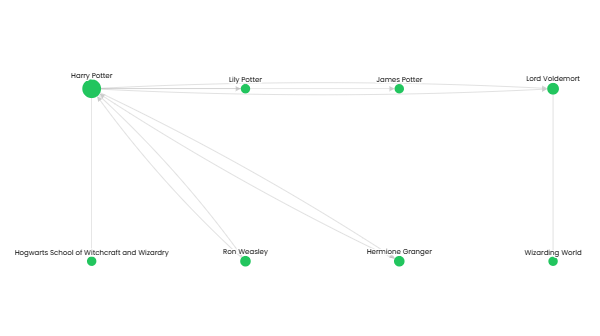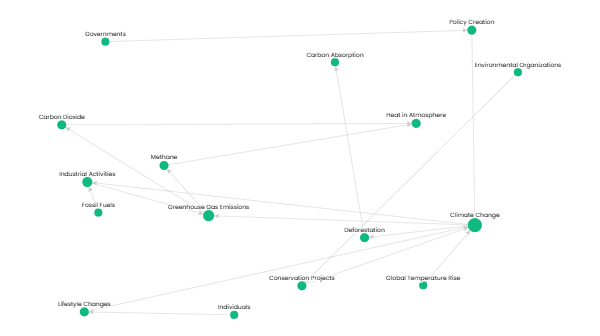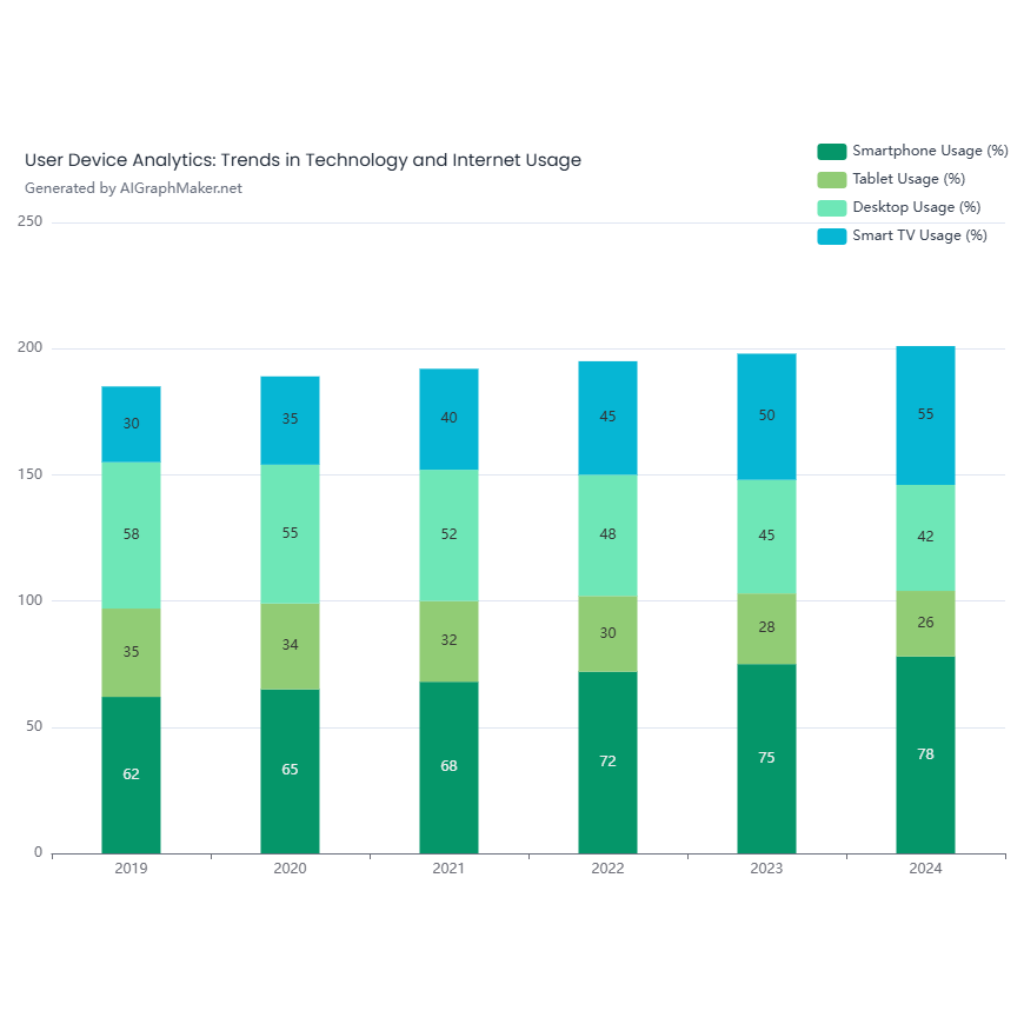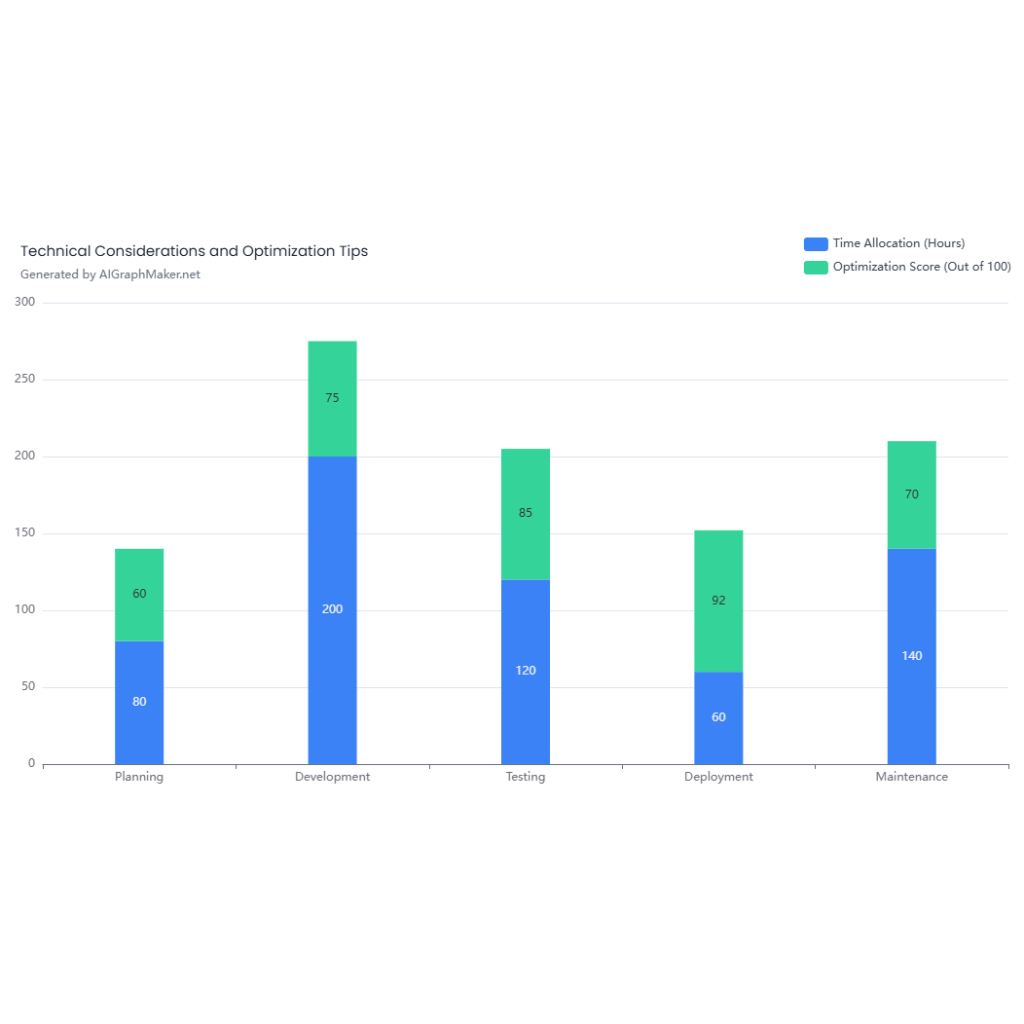### *Ahmedabad’s Economic Situation Through History*
Ahmedabad’s economy has evolved significantly over the centuries, influenced by trade, industry, and modernization. Here’s an overview of its economic situation in different historical periods:
---
### *1. Medieval Era (1411–1572) – Trading Hub*
- Founded by *Sultan Ahmed Shah in 1411, the city became an important **trade and commerce center*.
- Located on major trade routes, it thrived in *cotton textiles, handicrafts, and spice trade*.
- Merchants from Persia, the Middle East, and Europe traded in Ahmedabad.
- By the 16th century, the city was one of India’s wealthiest, attracting artisans and traders.
---
### *2. Mughal Era (1572–1753) – Commercial Growth*
- Emperor *Akbar annexed Ahmedabad in 1572*, integrating it into the Mughal Empire.
- The economy flourished, with the city exporting *textiles and silk to Persia, Turkey, and Europe*.
- Mughal rulers encouraged commercial activity, leading to the rise of *wealthy merchant families*.
- The city was referred to as *"Shah-e-Makhdura" (Abode of Commerce)* by Jahangir.
---
### *3. Maratha & British Rule (1753–1858) – Economic Decline*
- The *Marathas captured Ahmedabad in 1753*, leading to political instability and economic slowdown.
- Frequent conflicts disrupted trade and commerce.
- *British control (1818)* brought stability but also led to an influx of British-manufactured goods, impacting local artisans.
- *1864:* Ahmedabad was connected to *Bombay (Mumbai) by rail*, reviving trade.
---
### *4. Industrial Boom (1861–1947) – “Manchester of India”*
- *1861:* Ahmedabad’s first textile mill was established by *Ranchhodlal Chhotalal*.
- More mills followed, leading to the city being called the *“Manchester of India.”*
- The textile industry became the backbone of Ahmedabad’s economy, employing thousands.
- *1917:* Mahatma Gandhi established the *Sabarmati Ashram, promoting the **Swadeshi movement* (self-reliance in local industries).
- By *1947 (Independence)*, Ahmedabad was one of India’s largest industrial cities.
---
### *5. Post-Independence Boom & Crisis (1947–1990s) – Industrial Decline*
- The textile industry continued to expand in the *1950s–1970s*.
- *1980s:* A combination of *labor strikes, outdated technology, and competition* led to the decline of the textile mills.
- Many mills shut down, leading to *unemployment and economic distress*.
- To diversify, the city moved into *chemicals, pharmaceuticals, and engineering industries*.
---
### *6. Economic Revival & Diversification (2000s–Present)*
- *2000s:* The economy shifted towards *IT, real estate, and finance*.
- *2010:* Ahmedabad was included in *India’s Smart Cities Mission*, improving urban infrastructure.
- *GIFT City (Gujarat International Finance Tec-City)* was developed, making Ahmedabad a major financial hub.
- *2020s:* The city became a leader in *pharmaceuticals, renewable energy, and IT*, attracting global investments.
- Ahmedabad now has a *diverse economy*, reducing dependence on textiles and strengthening other industries.
---
### *Conclusion*
Ahmedabad has transformed from a medieval trade hub to an industrial powerhouse and a modern economic center. The city has successfully adapted to economic challenges, moving from textiles to a diversified economy with *finance, IT, pharmaceuticals, and infrastructure* driving its growth.
